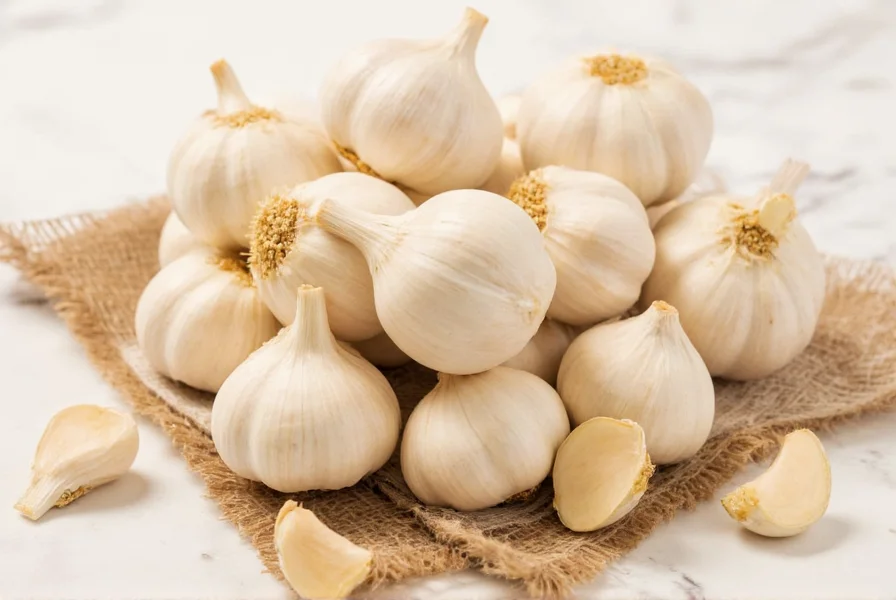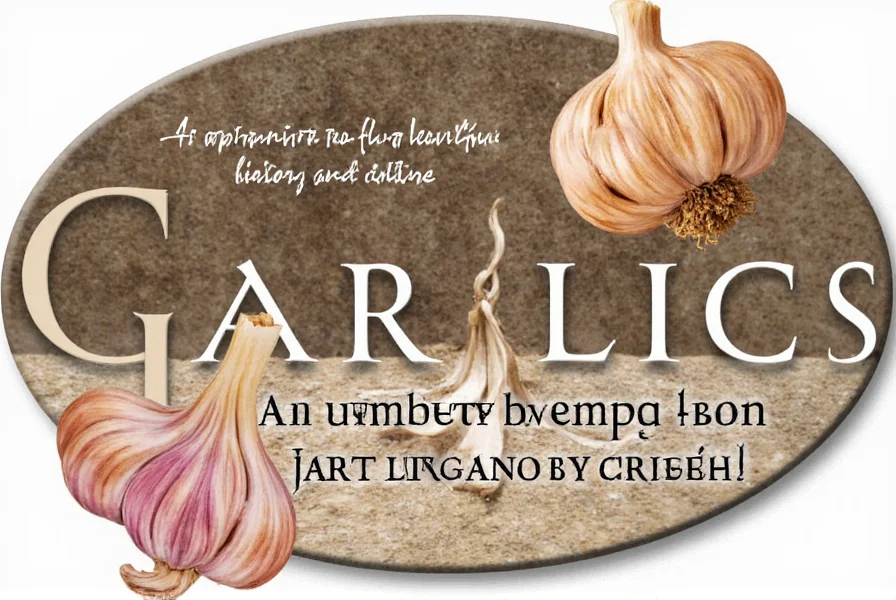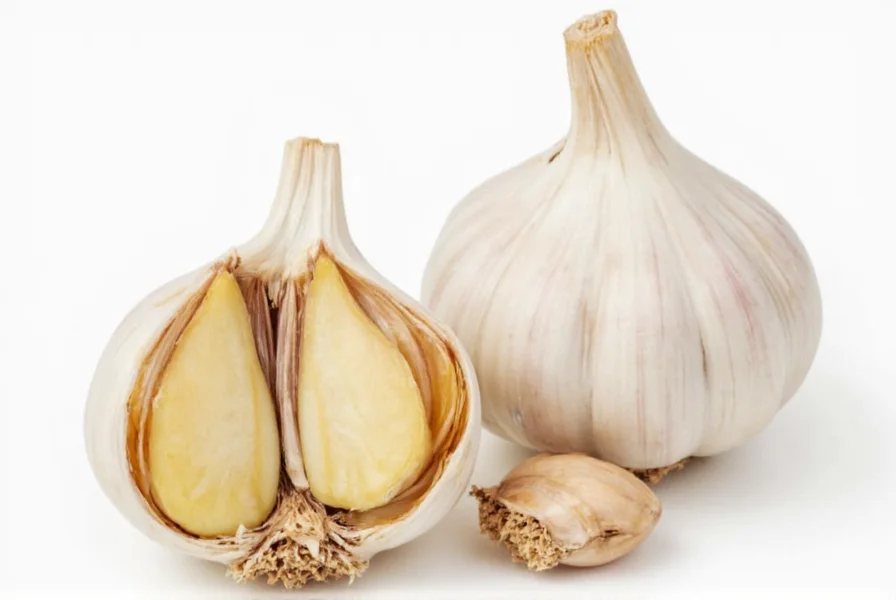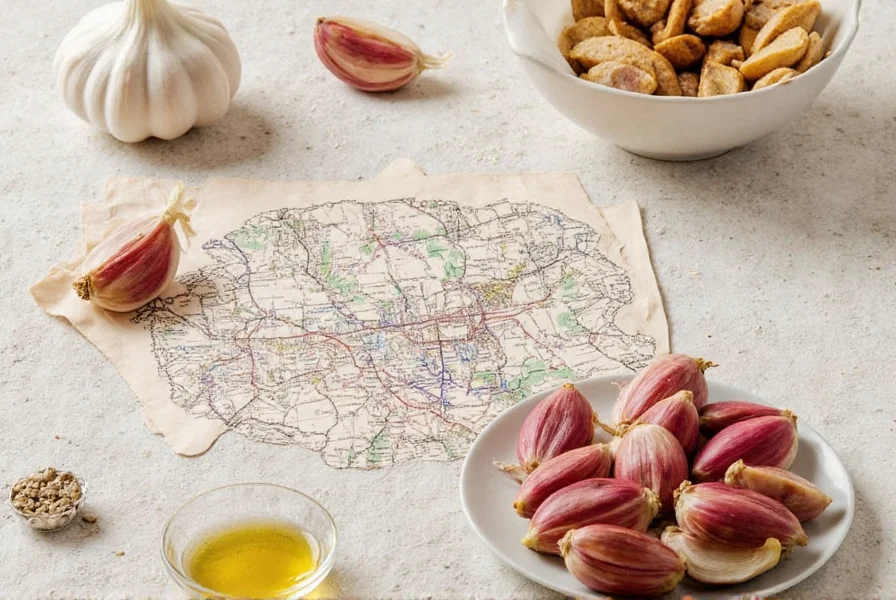Garlic Origins: A Flavorful Journey Through History and Culture
Table of Contents
Introduction to Garlic
Garlic is one of the most versatile and flavorful ingredients in the world of spices. Known for its pungent aroma and bold taste, it has been used for thousands of years across various cultures. From ancient Egypt to modern-day kitchens, garlic has played a vital role in both cooking and medicine. But have you ever wondered where this powerful ingredient actually came from? Let's take a deep dive into the origins of garlic and uncover its rich history.

Where Is Garlic Originated?
The story of garlic begins in Central Asia, specifically in regions that are now part of modern-day China, Iran, and the Middle East. Historical records suggest that garlic was first cultivated around 5000 years ago. Ancient civilizations such as the Egyptians, Greeks, and Romans revered garlic not only for its flavor but also for its medicinal properties.
One of the earliest known references to garlic appears in an Egyptian tomb dating back to 3000 BCE. The tomb inscriptions describe garlic as a food that gave strength to the laborers who built the pyramids. It was also believed to protect against illness and even the supernatural.
In the Middle East, garlic became a staple in daily life. It was often used as a form of currency and was traded along the Silk Road, spreading its influence far and wide. By the time of the Roman Empire, garlic had become so popular that it was even grown in gardens throughout Europe.
Types of Garlic
There are several varieties of garlic, each with its own unique characteristics and uses. Here are some of the most common types:
- Hardneck Garlic: Known for its strong flavor and large cloves, hardneck garlic is ideal for roasting or making garlic butter.
- Softneck Garlic: This type has a milder flavor and is often used in recipes that require a more subtle garlic presence.
- Elephant Garlic: Despite its name, elephant garlic is not a true garlic but a relative of the leek. It has a mild, sweet flavor and is great for roasting or grilling.
- Purple Stripe Garlic: A popular variety with vibrant purple streaks, it has a robust flavor and is perfect for sauces and marinades.
Practical Tips for Using Garlic
Garlic can be used in countless ways, from simple seasoning to complex culinary creations. Here are some practical tips to help you get the most out of this amazing spice:
- Use fresh garlic: Fresh garlic has a more intense flavor than pre-minced or dried versions. Try slicing or crushing it just before use.
- Roast it: Roasted garlic has a sweet, nutty flavor that pairs well with meats, vegetables, and even bread.
- Make garlic oil: Infuse olive oil with garlic for a quick and easy way to add flavor to dishes.
- Store properly: Keep garlic in a cool, dry place away from direct sunlight to maintain its potency and freshness.
- Don't overcook: Garlic can burn quickly, so be careful when sautéing or frying.

Buying Guide for Garlic
When purchasing garlic, there are a few things to look for to ensure you're getting the best quality:
| Feature | Advantages | Use Cases | Target Audience | Suitable Occasions |
|---|---|---|---|---|
| Freshness | Stronger flavor and longer shelf life | Cooking, roasting, baking | Chefs, home cooks | Special occasions, everyday meals |
| Size | Larger bulbs mean more cloves | Cooking for large groups, batch preparation | Restaurants, caterers | Parties, events |
| Color | White or off-white skin indicates good quality | General cooking, baking | Home cooks, casual chefs | Daily meals, family dinners |
If you're looking for high-quality garlic, consider these options:
- Organic Garlic: Free from pesticides and chemicals, ideal for health-conscious individuals.
- Local Garlic: Fresher and more sustainable, supporting local farmers.
- Specialty Varieties: Like black garlic or elephant garlic, perfect for gourmet dishes.

Conclusion
Garlic has a long and fascinating history, rooted in the ancient lands of Central Asia. Its journey through time has made it one of the most beloved ingredients in the world. Whether you're a professional chef or a home cook, understanding the origin of garlic can deepen your appreciation for this incredible spice. So next time you slice into a clove, remember the rich legacy behind it—and enjoy every bite.











 浙公网安备
33010002000092号
浙公网安备
33010002000092号 浙B2-20120091-4
浙B2-20120091-4